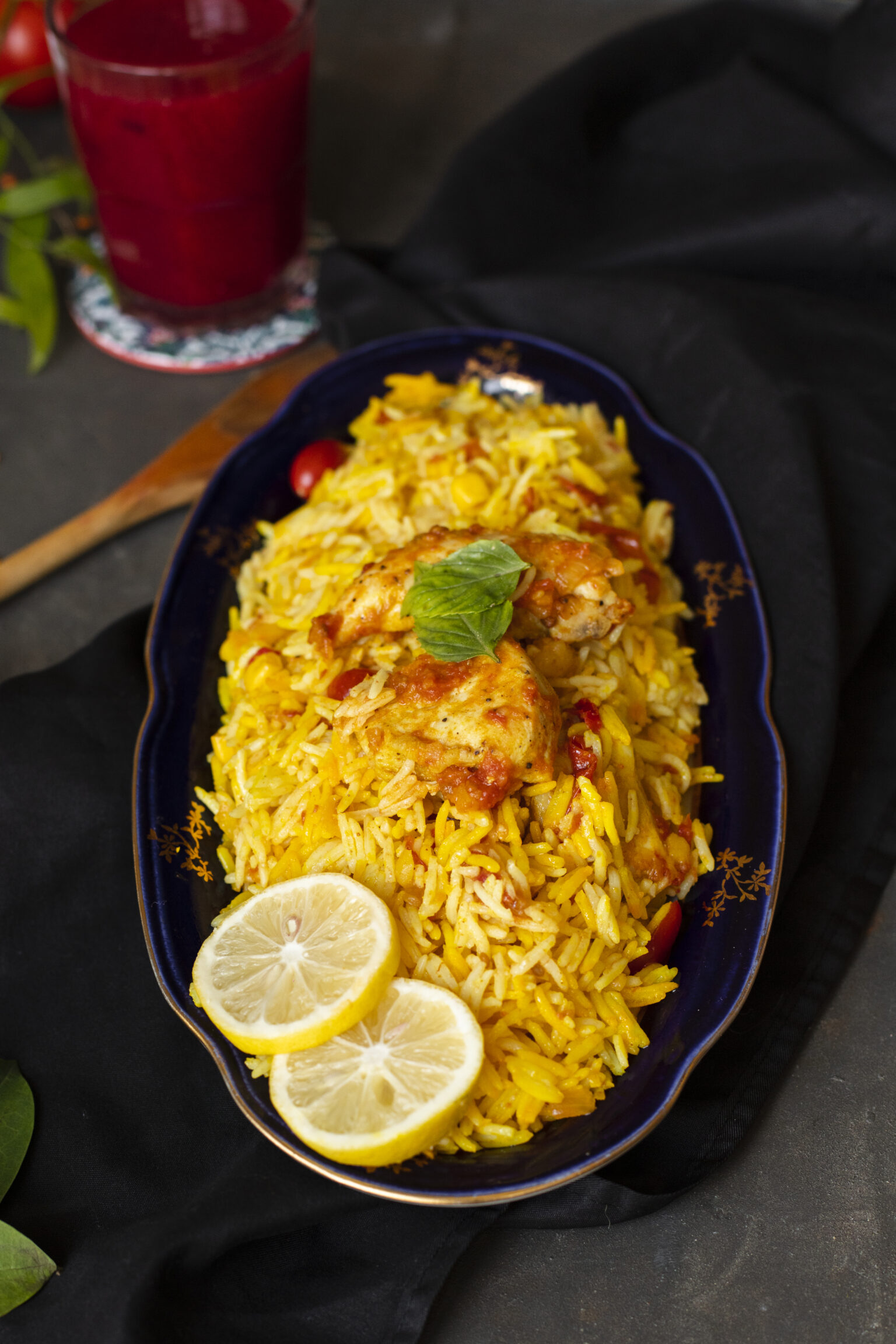Ghana, a country located on the western coast of Africa, boasts a rich culinary heritage that reflects its diverse cultural influences. Ghanaians take great pride in their traditional dishes, which are characterized by vibrant flavors, aromatic spices, and the creative use of local ingredients. In this article, we delve into the heart of Ghanaian cuisine and explore the top 10 most eaten foods that have become beloved staples in the country’s culinary landscape.
- Jollof Rice: Considered a national treasure, Jollof Rice is a one-pot wonder that Ghanaians adore. This fragrant rice dish is cooked with tomatoes, onions, spices, and often accompanied by chicken, beef, or fish. The tantalizing blend of flavors makes it a must-try for any visitor to Ghana.
- Banku and Tilapia: Banku, a fermented corn and cassava dough, is a staple in Ghanaian cuisine. It is typically served with grilled or fried tilapia, a popular freshwater fish. The combination of the soft, tangy banku and the crispy, flavorful tilapia creates a delightful culinary experience.
- Waakye: Waakye is a beloved Ghanaian street food that combines rice and beans cooked together. The dish gets its distinctive reddish-brown color from the addition of sorghum leaves and black-eyed peas. It is often served with a variety of accompaniments such as fried plantains, spaghetti, and a spicy tomato-based stew.
- Fufu and Light Soup: Fufu is a staple food made from pounded cassava, yam, or plantains. It is commonly eaten with light soup, a flavorful broth made with a variety of vegetables and meat or fish. The preparation of fufu involves skillful pounding to achieve a smooth, elastic texture, and it is traditionally eaten by hand.
- Kelewele: Kelewele is a popular Ghanaian street snack made from ripe plantains seasoned with a blend of spices such as ginger, garlic, and chili powder. The plantains are deep-fried until golden and crispy, resulting in a sweet and spicy treat that is often enjoyed on its own or as a side dish.
- Red Red: Red Red is a mouthwatering bean stew made with black-eyed peas, palm oil, onions, tomatoes, and spices. The dish is known for its vibrant red color and is typically served with fried ripe plantains or gari, a coarse granulated cassava meal. The combination of flavors and textures makes Red Red a favorite among Ghanaians.
- Kenkey with Fish: Kenkey is a traditional fermented cornmeal dish that is wrapped in banana leaves and steamed. It is commonly served with grilled or fried fish and a spicy pepper sauce. This hearty meal is often enjoyed for breakfast or lunch and is a popular choice among Ghanaians.
- Ampesi: Ampesi is a comforting dish that consists of boiled yam, plantains, and cocoyam, served with a variety of savory stews. The stews can include anything from peanut soup to palm nut soup or kontomire stew, made from cocoyam leaves. Ampesi showcases the diversity of Ghanaian ingredients and flavors.
- Tuo Zaafi: Tuo Zaafi is a northern Ghanaian delicacy made from pounded cooked rice, millet, or maize. It is usually served with a rich and aromatic soup made with vegetables, meat, or fish. This wholesome meal is highly satisfying and provides a unique taste of northern Ghanaian cuisine.
- Kelewele and Groundnut Soup: Kelewele and groundnut soup is a popular combination that brings together the sweet and spicy flavors of kelewele with a rich and creamy peanut soup. The groundnut soup is prepared with a blend of peanuts, vegetables, and spices, creating a deliciously thick and flavorful accompaniment to the kelewele.
Ghanaian cuisine is a treasure trove of diverse flavors and culinary traditions. From the iconic Jollof Rice to the comforting Tuo Zaafi, the top 10 most eaten foods in Ghana showcase the country’s rich gastronomic heritage. Exploring these dishes allows both locals and visitors to experience the vibrant tastes, textures, and aromas that make Ghanaian cuisine truly special. So, when you find yourself in Ghana, be sure to indulge in these delectable delights and embark on a delightful journey through the diverse flavors of the nation.








